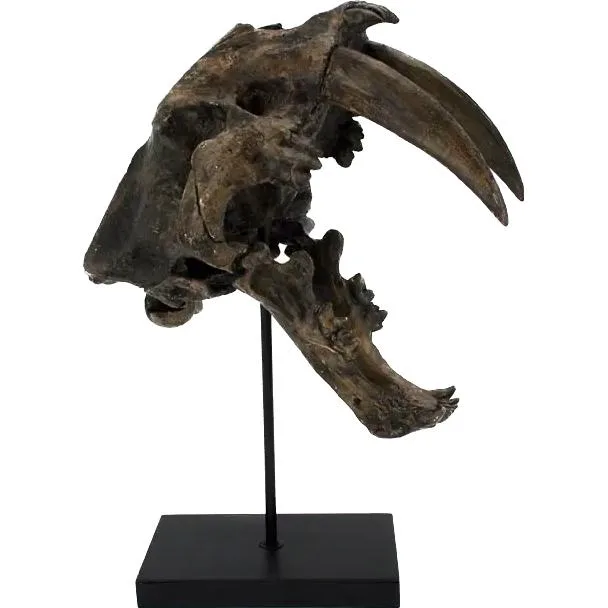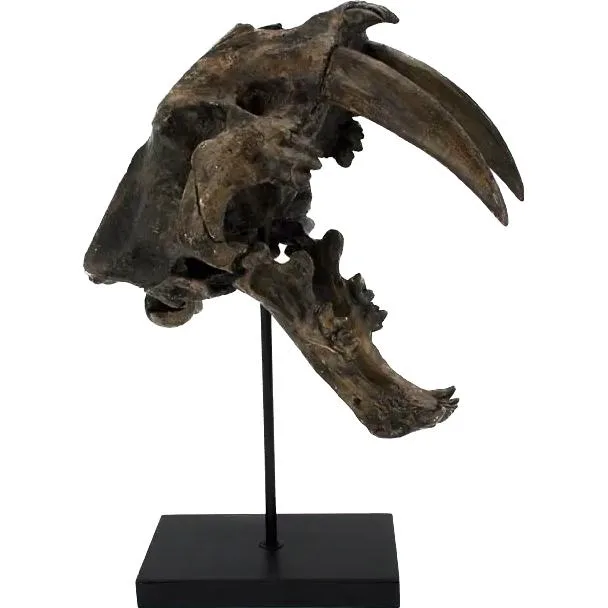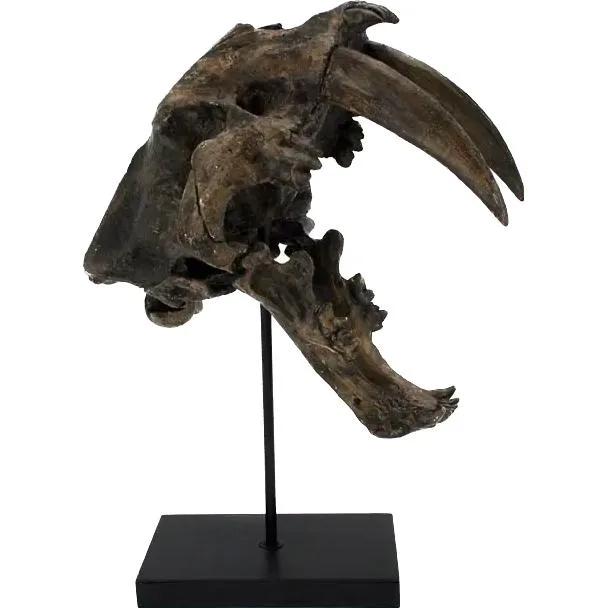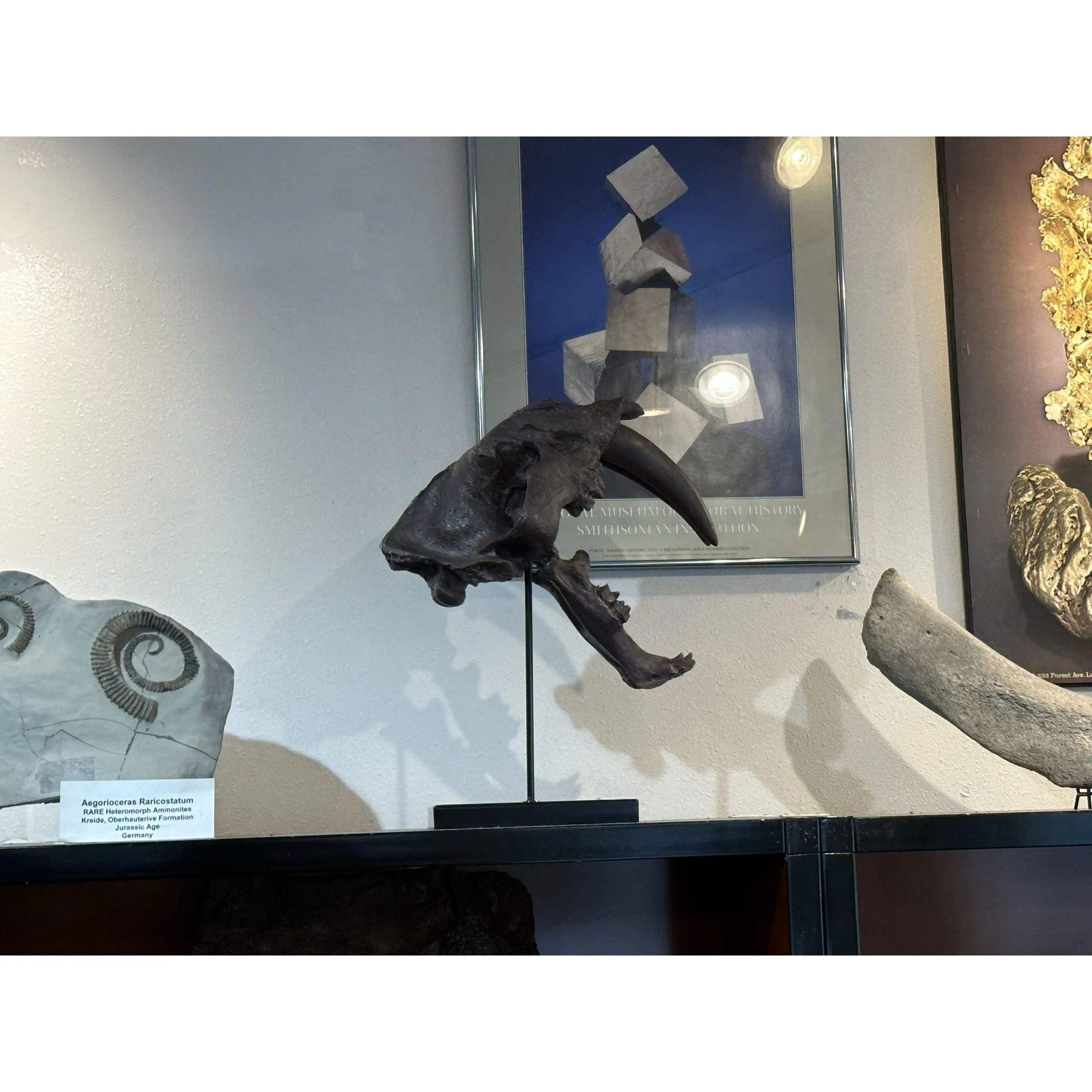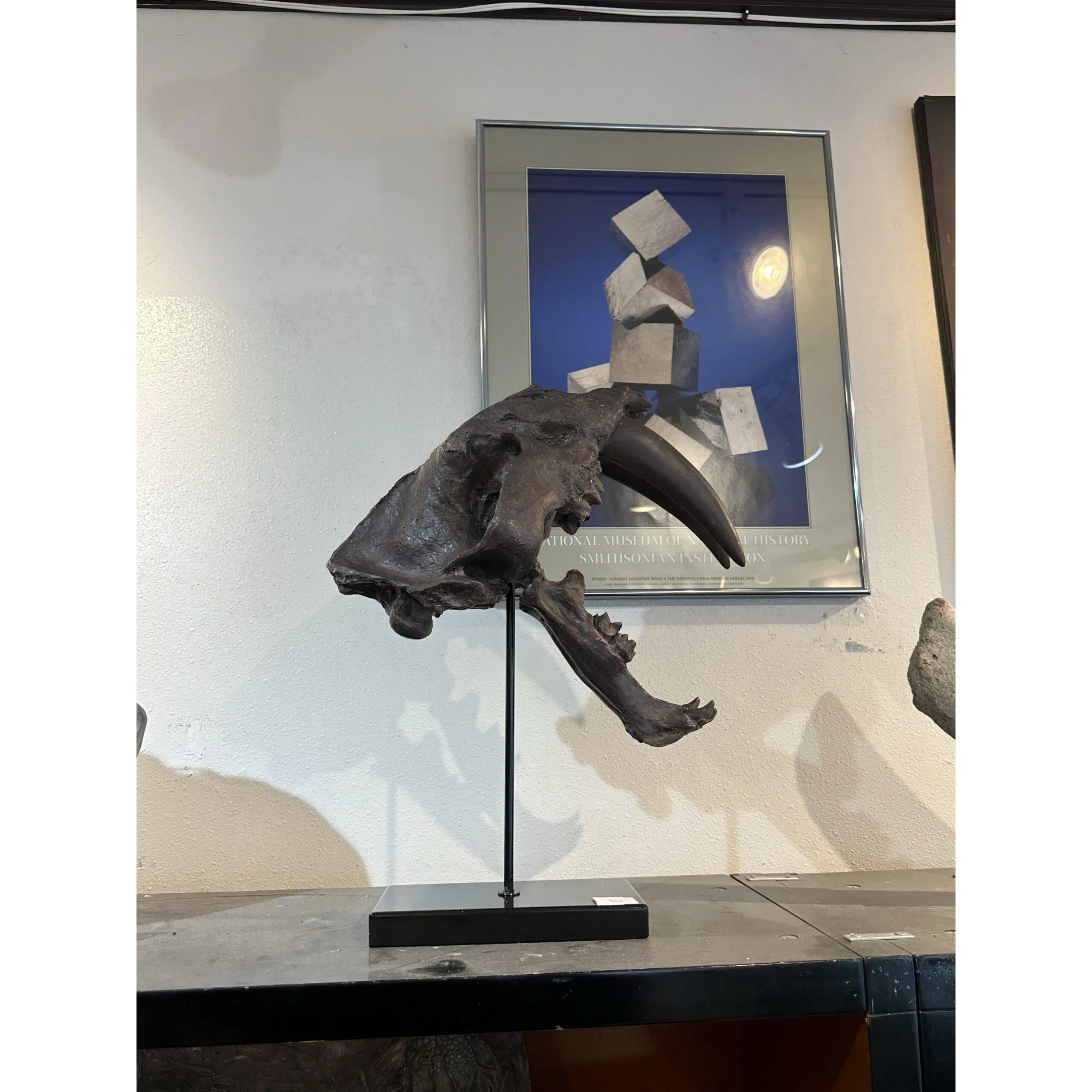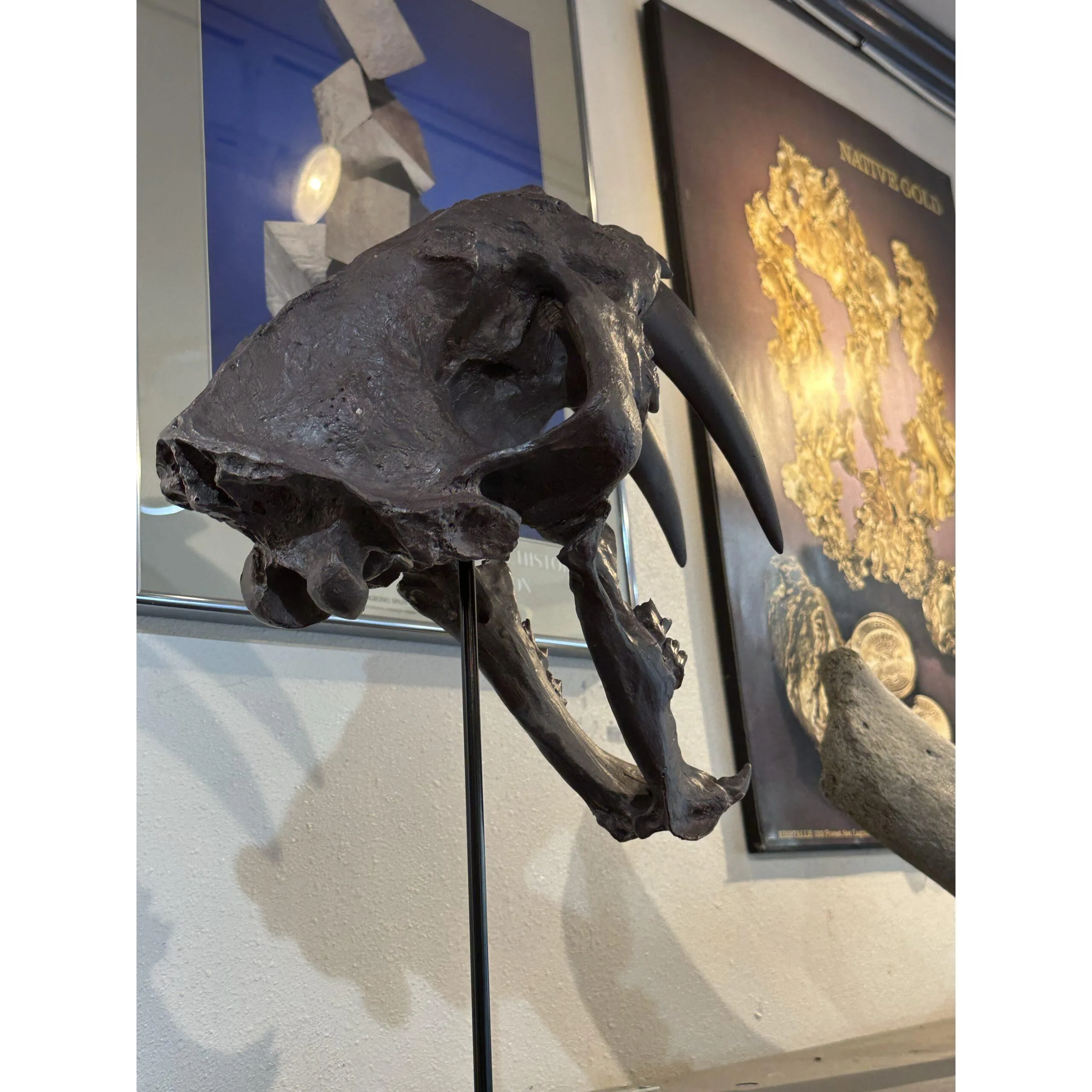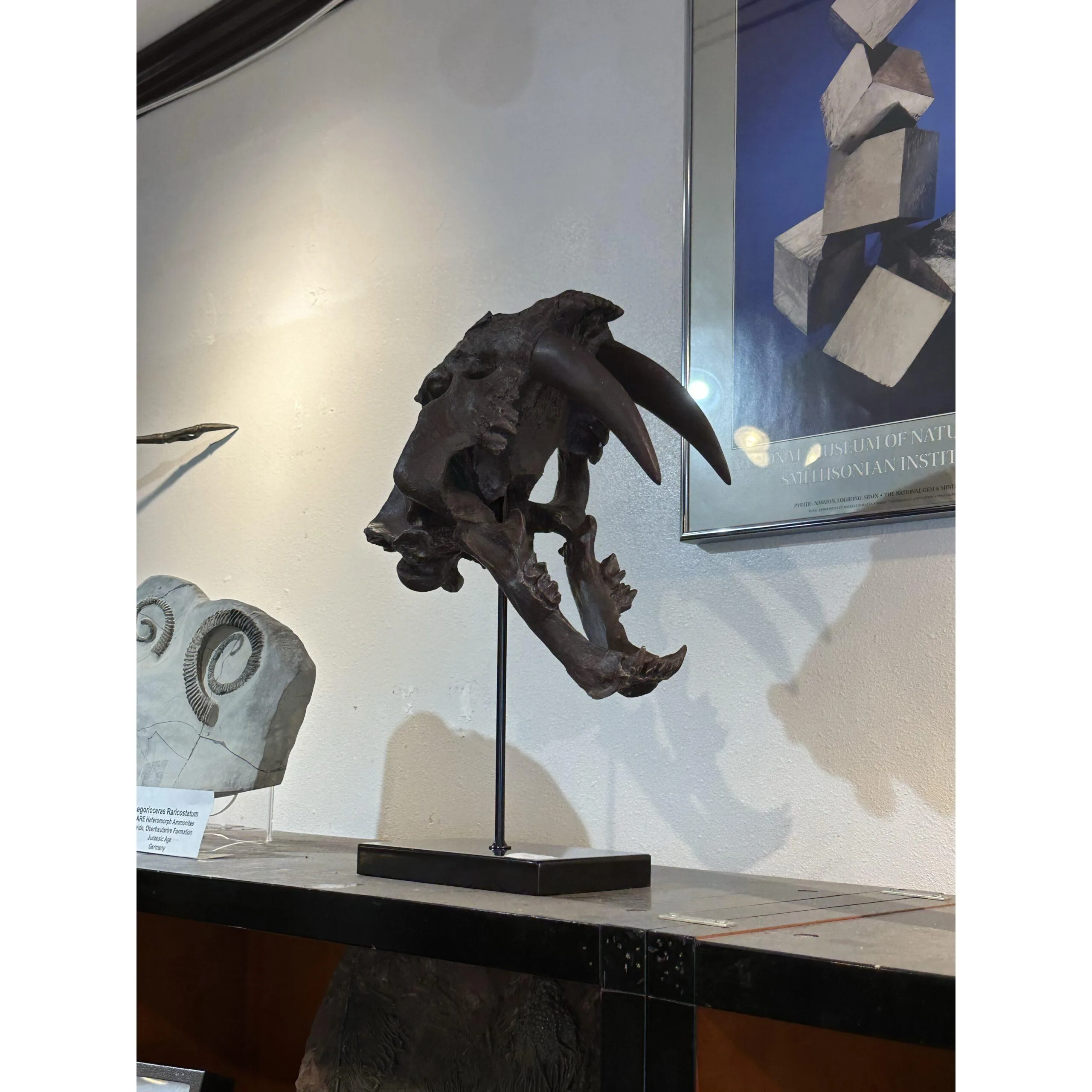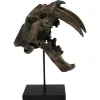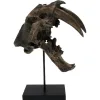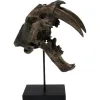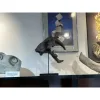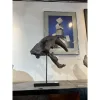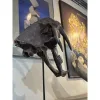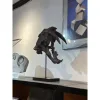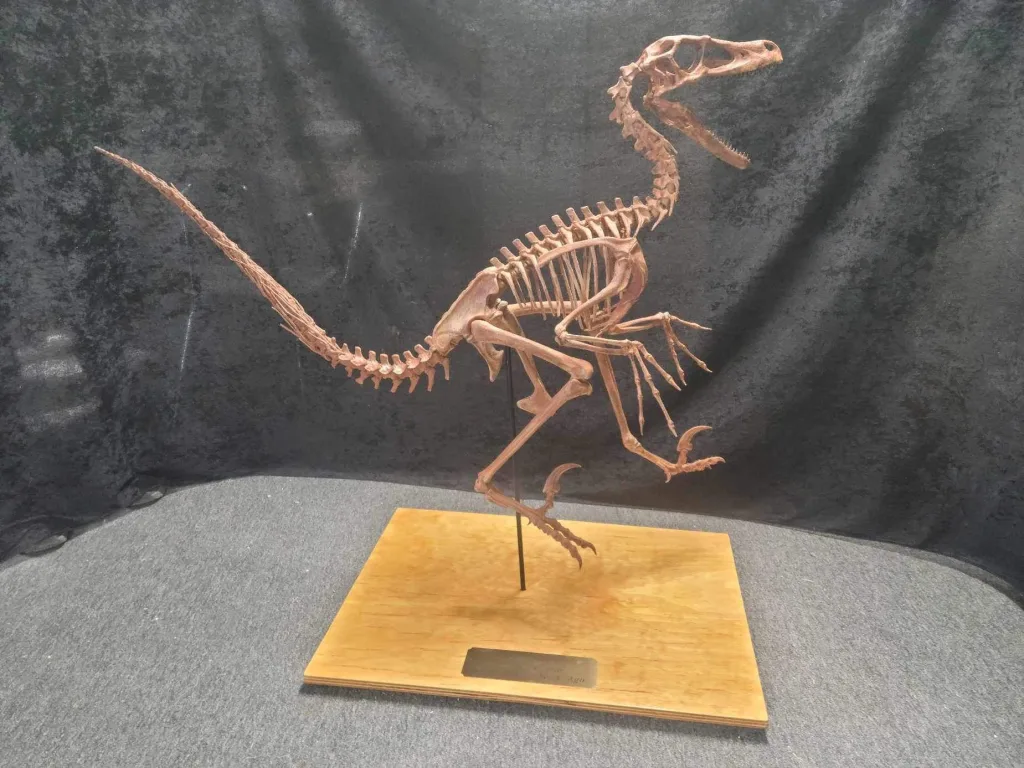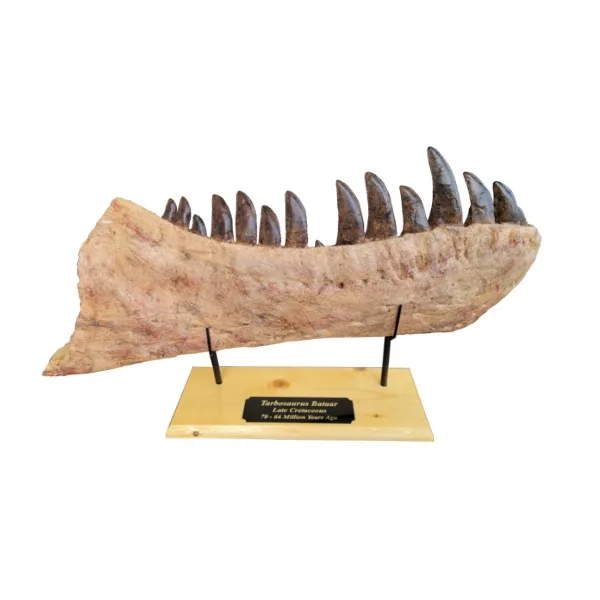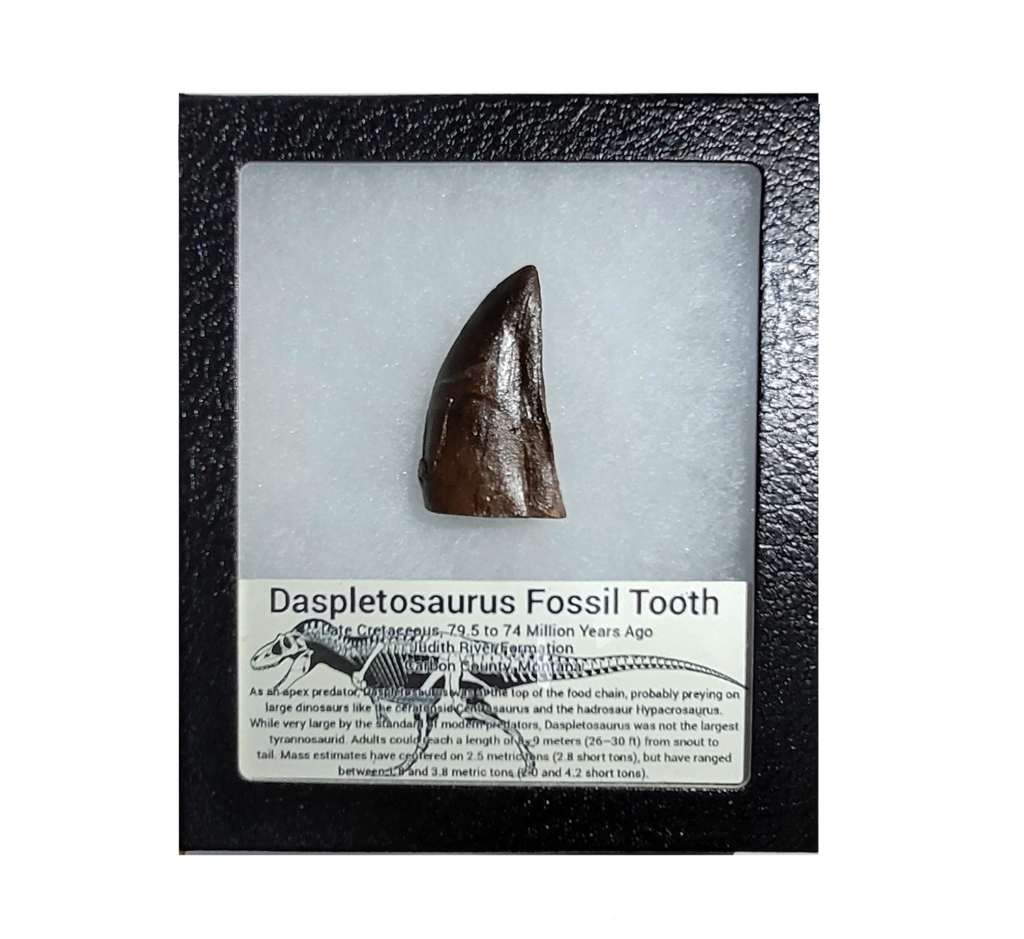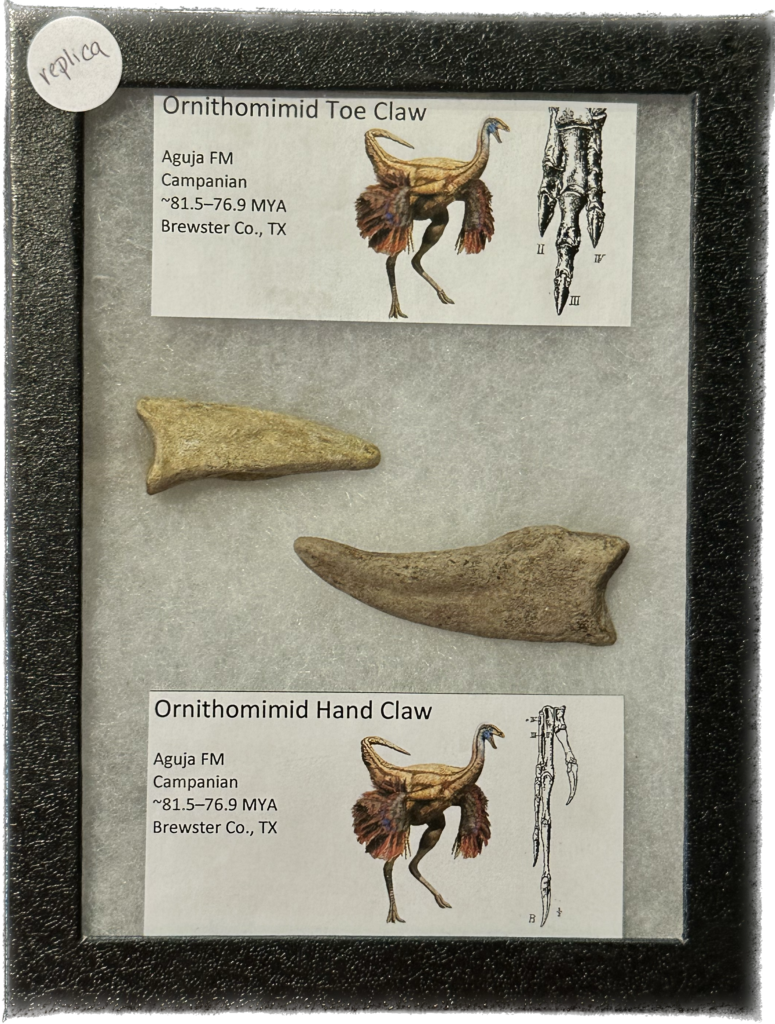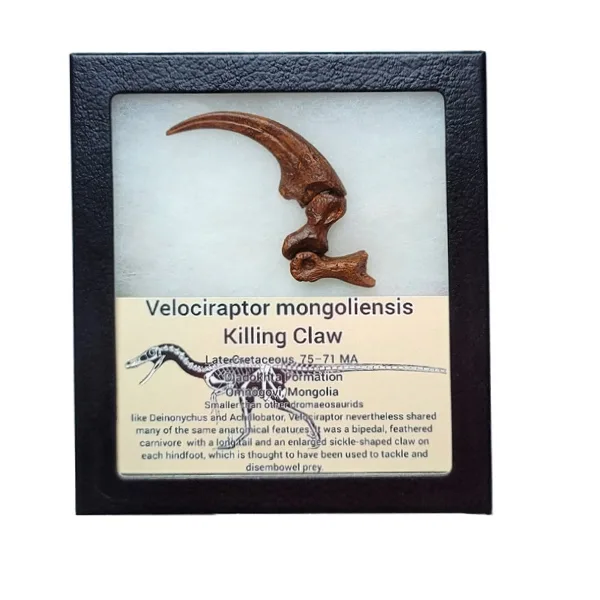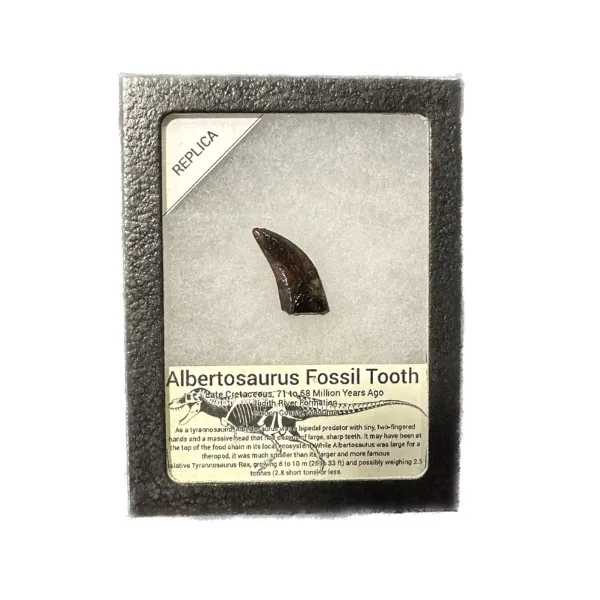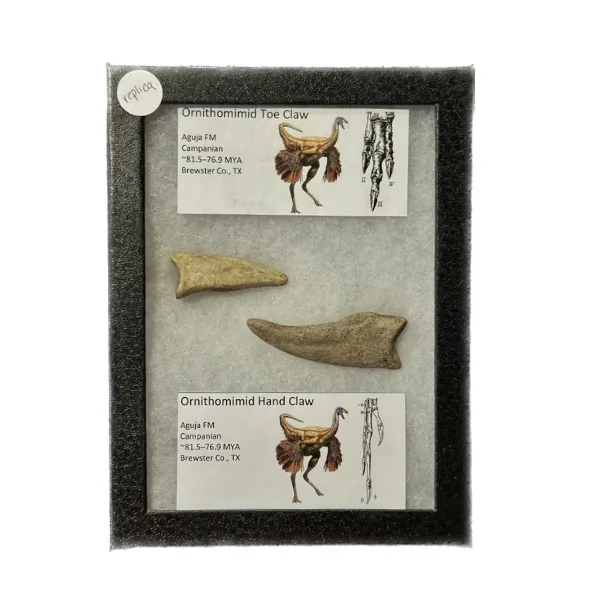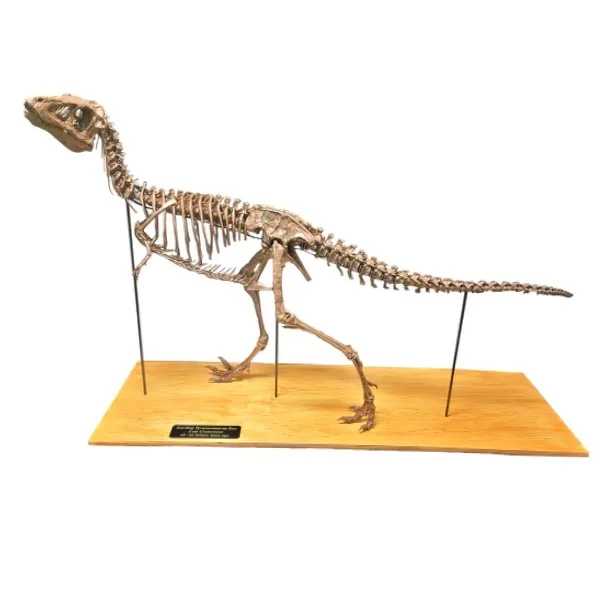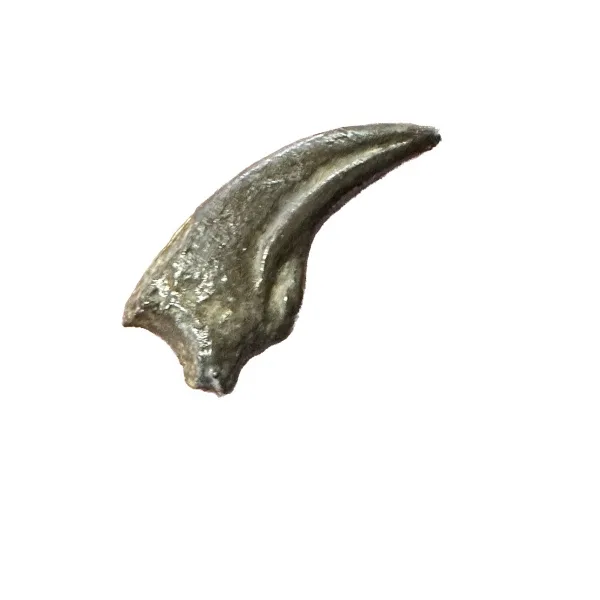Creating high-quality dinosaur replica casts from original specimens is a fascinating and intricate process that merges science with artistry. These replicas serve a crucial role in scientific research, education, and public engagement, allowing people to interact with and appreciate the prehistoric world in ways that would otherwise be impossible. In this exploration, we’ll delve into the steps involved in crafting such replicas, the importance of accuracy, and the impact they have on both scientific understanding and popular culture.
The Importance of Original Specimens
At the heart of any dinosaur replica cast lies the original fossil specimen. These fossils are the tangible remnants of creatures that roamed the Earth millions of years ago, offering invaluable insights into prehistoric life. When paleontologists discover a fossilized dinosaur skeleton, it represents a snapshot frozen in time, preserving details about the anatomy, behavior, and ecology of these ancient animals.
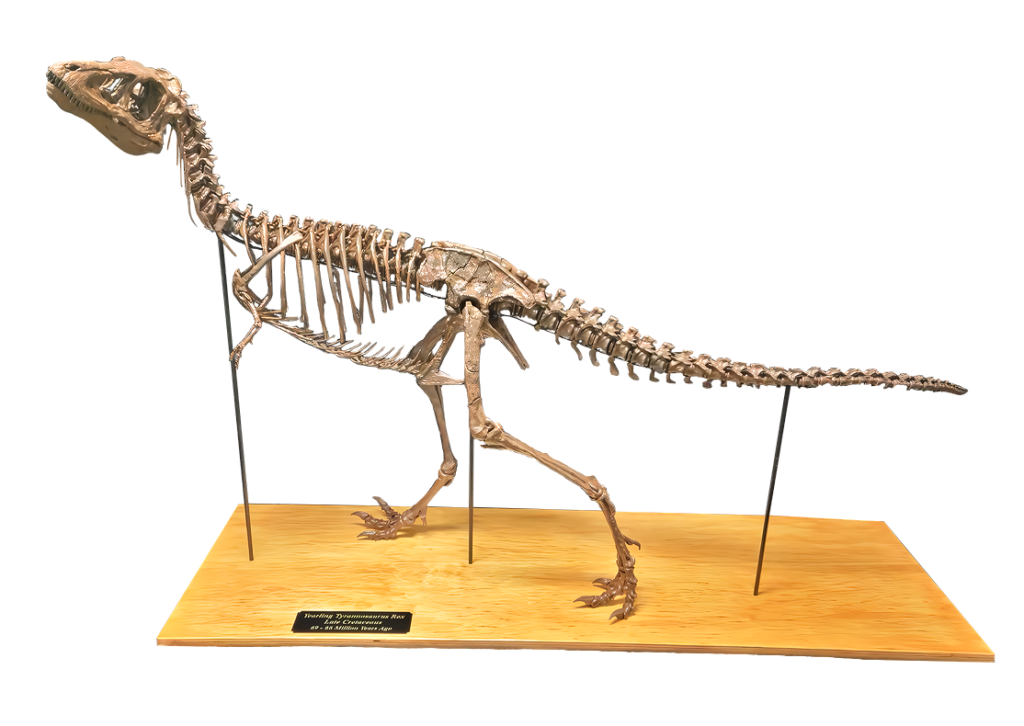
Original specimens serve as the foundation for scientific research, allowing paleontologists to study dinosaur anatomy, evolutionary relationships, and paleobiology. However, because fossils are often fragile and delicate, they cannot be directly manipulated or handled extensively. This is where replica casts come into play.
Creating a Replica Cast
The process of creating a replica cast begins with careful documentation and analysis of the original fossil specimen. Paleontologists use various techniques, including photography, 3D scanning, and detailed measurements, to capture every aspect of the fossil’s morphology.
Once the data has been collected, the next step is to create a mold of the fossil. This is typically done using materials such as silicone or latex, which are carefully applied to the surface of the fossil to capture its shape and texture. The mold-making process requires precision and attention to detail to ensure that all the intricate features of the fossil are faithfully reproduced.
With the mold complete, the next stage is to create the replica cast. This is typically done using materials such as fiberglass, resin, or plaster. The mold is carefully filled with the casting material, which is allowed to set and cure. Once the cast has hardened, it can be carefully removed from the mold, revealing an exact replica of the original fossil.
Accuracy and Artistry
One of the key goals of creating dinosaur replica casts is to ensure accuracy in both anatomy and detail. Paleontologists and artists work closely together to ensure that the replica faithfully represents the original fossil specimen. This involves careful attention to detail, including the precise positioning of bones, the texture of the surface, and even the coloration of the fossilized bones.
Achieving this level of accuracy requires a combination of scientific expertise and artistic skill. Paleontologists provide detailed anatomical knowledge based on their study of the fossil specimen, while artists bring their creativity and craftsmanship to the process of replicating it. The result is a replica cast that not only looks realistic but also serves as a valuable scientific and educational tool.
Scientific and Educational Impact
Dinosaur replica casts play a crucial role in scientific research and education. In the field of paleontology, replica casts allow researchers to study rare or delicate specimens without risking damage to the original fossils. They also provide opportunities for comparative anatomy studies, allowing scientists to compare different species or specimens in detail.
In addition to their scientific value, replica casts are also powerful educational tools. Museums and educational institutions use replica casts to create immersive exhibits that bring the world of dinosaurs to life for visitors of all ages. By allowing people to see and even touch replicas of real dinosaur bones, these exhibits help to foster curiosity and appreciation for the natural world.
Cultural Impact
Beyond their scientific and educational value, dinosaur replica casts have also had a significant impact on popular culture. Dinosaurs have long captured the imagination of people around the world, and replica casts allow them to experience these ancient creatures up close in a way that was previously impossible.
From blockbuster movies to children’s toys, dinosaurs are a ubiquitous presence in popular culture, and replica casts play a central role in shaping our understanding of these iconic animals. Whether it’s a lifelike T. rex skeleton towering over a museum exhibit or a detailed replica of a baby triceratops in a children’s book, dinosaur replicas help to bring the past to life in vivid detail.
The skull is professionally crafted and hand painted
The skull measures 19.3″ x 11.4″ x 19.7″ (49 x 29 x 50 cm)

